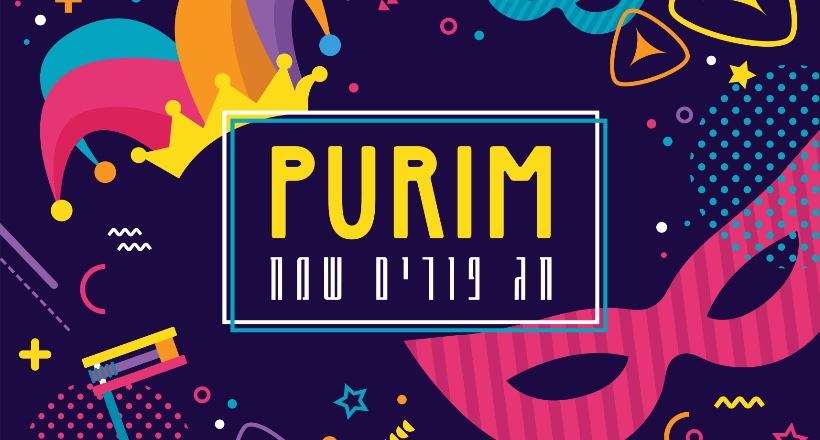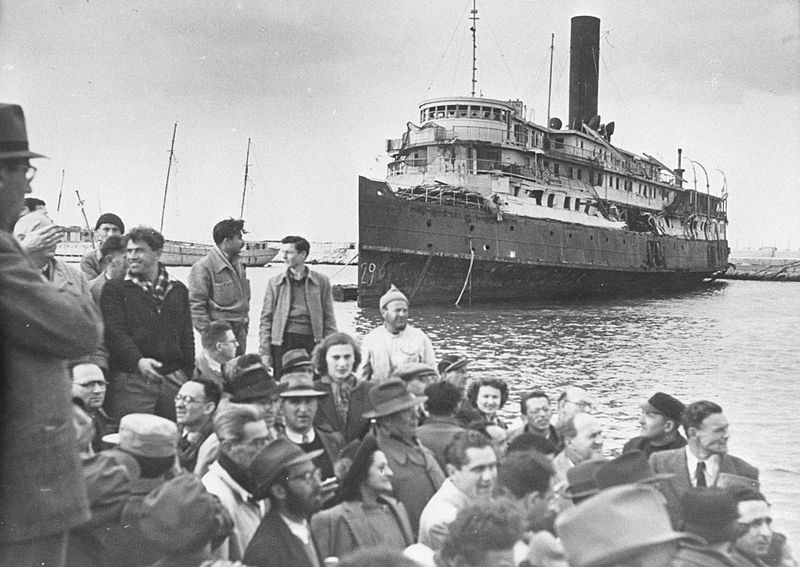Purim: a holiday of joy, unity, and resilience
Purim is one of the most joyful Jewish holidays, established to commemorate the miraculous salvation of the Jews in the Persian Empire from extermination. The story of the holiday is recounted in the biblical Book of Esther: the evil vizier Haman plotted to destroy all Jews, but thanks to the courage of Queen Esther and the wisdom of her uncle Mordecai, this plan was thwarted. As a result, Haman and his followers were executed, and the Jewish people were allowed to defend themselves and achieve victory over their enemies.

Purim is celebrated on the 14th day of the month of Adar (in cities surrounded by a wall since the time of Joshua, the following day – 15th of Adar). It is a festival of joy, merriment, and unity. It is customary to read the Scroll of Esther (Megillat Esther), make noise during the mention of Haman’s name, give gifts to friends and the needy (mishloach manot and matanot la’evyonim), have a festive meal, and wear carnival costumes. One of the symbols of Purim is the triangular cookies hamantaschen (Haman’s ears), a traditional treat for the day.
Today, Purim remains relevant not only as a remembrance of salvation but also as a reminder of the resilience of the Jewish people. In Israel, it is celebrated at the national level, including carnival parades (Adloyada), and in the diaspora, the holiday remains an important part of Jewish community life. In the context of rising antisemitism, Purim reminds us of the importance of solidarity, mutual assistance, and confidence in the future. It is a holiday that teaches us not to lose hope and to rejoice in life, despite any challenges.
Happy Purim!





